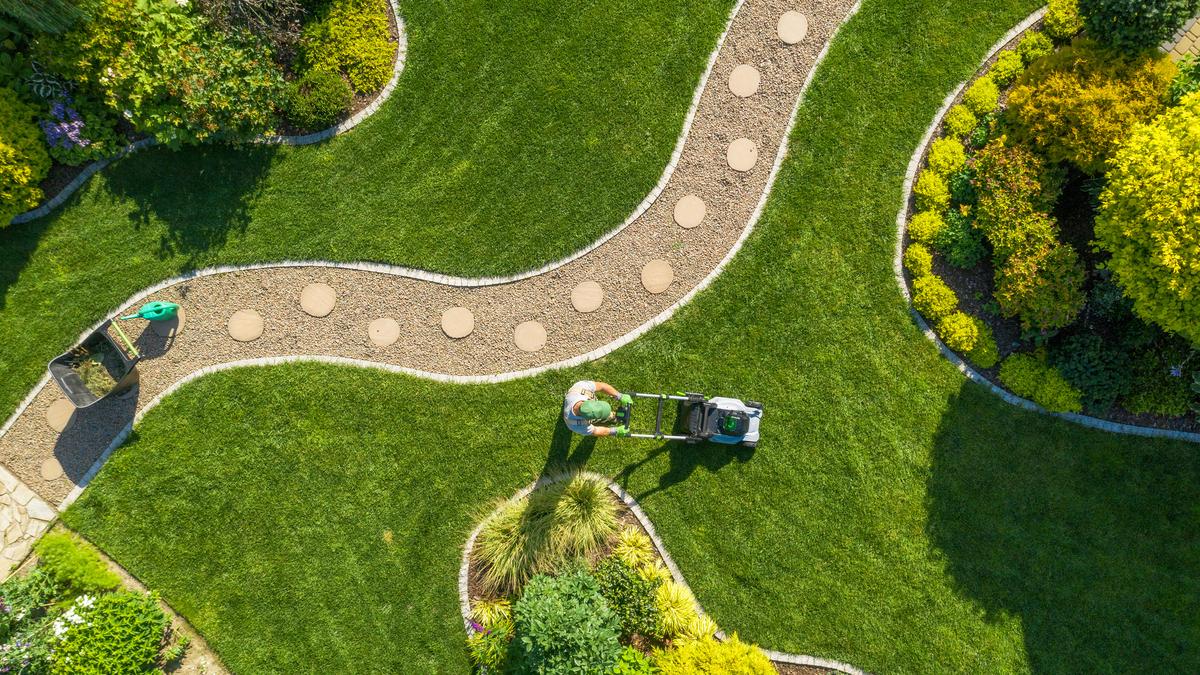Landscaping is increasingly becoming a key focus in residential projects in Chennai, with innovative elements such as forests and waterbodies being integrated into the designs. Whether they are mid-range apartments, luxury residences or individual homes, there is a growing emphasis on attractive outdoor areas. Developers in Chennai are engaging top landscape architects to add value and expertise to their projects, while also strengthening their internal landscaping teams.
According to real estate players, well-designed landscaping boosts the visual appeal of residential areas, fostering a pleasant and inviting atmosphere. Homes with attractive landscaping often see increased property values, enhancing both rental and resale potential. “Plants and trees in landscaping contribute to a healthier environment by absorbing carbon dioxide, producing oxygen, and reducing air pollution. They also help to control soil erosion and improve water quality by filtering rainwater,” says G. Diliban, Managing Director of Etica Developers, a firm that primarily focuses on the luxury segment.
Photo for representation purpose.
| Photo Credit:
Getty Images/iStockphoto
Landscape architects say that currently, 70-80% of ongoing and upcoming real estate projects in Chennai are allocating a major portion of their land for landscaping purposes. Even individuals setting up homes in smaller plots prefer landscaping, by collaborating with less formal, or unorganised service providers.
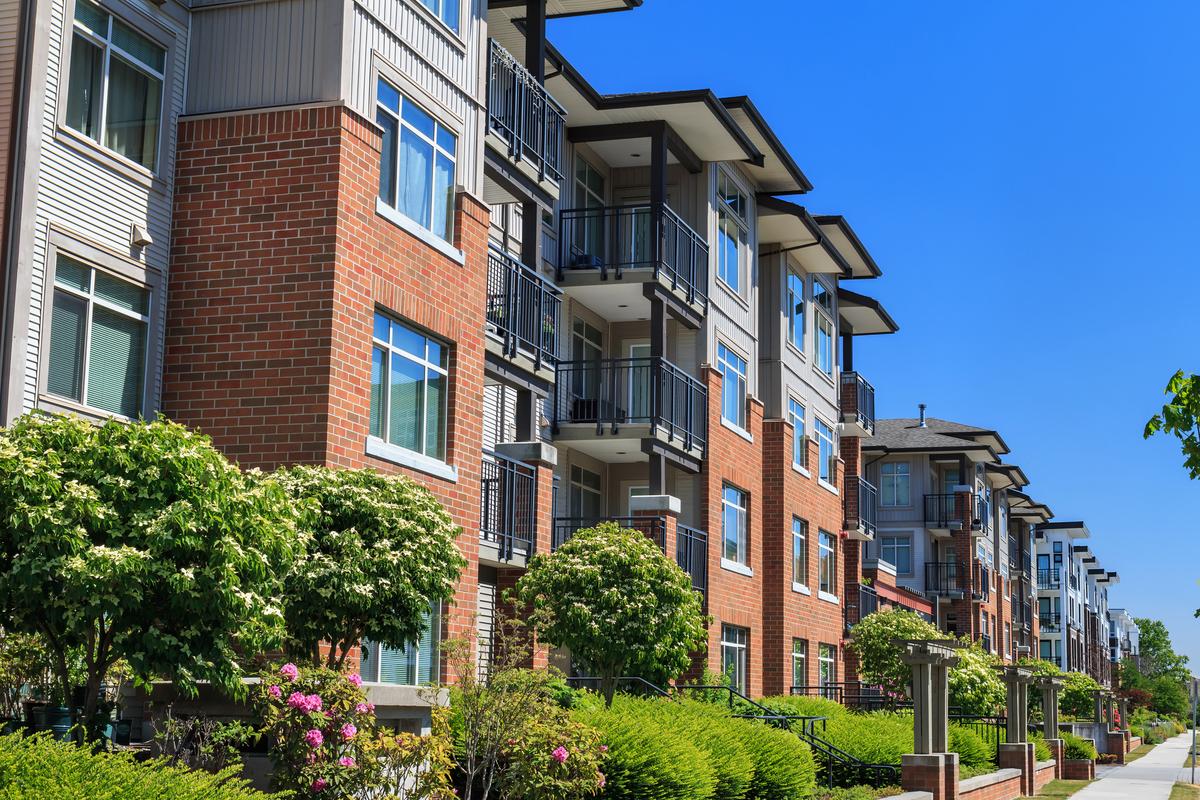
Photo for representation purpose.
| Photo Credit:
Getty Images/iStockphoto
Rohit Marol, founder and principal of Terra Firma, a landscape architect who recently completed the World Trade Centre project on Old Mahabalipuram Road says, “Traditionally, we found Chennai to be a very conservative market not willing to see the tangible and intangible benefits of designed outdoor spaces. Maybe the hot humid climate added to this. In a way, the pandemic helped in seeing the outdoors as healthier, cleaner and safer. Today, we see people finding a lot of comfort in outdoor relaxation areas, work zones and dining spaces. There has also been a thrust towards sustainable development practices due to depleting natural resources and climate change. Landscape architecture is playing a key role in managing water and energy resources, besides improving air quality.”
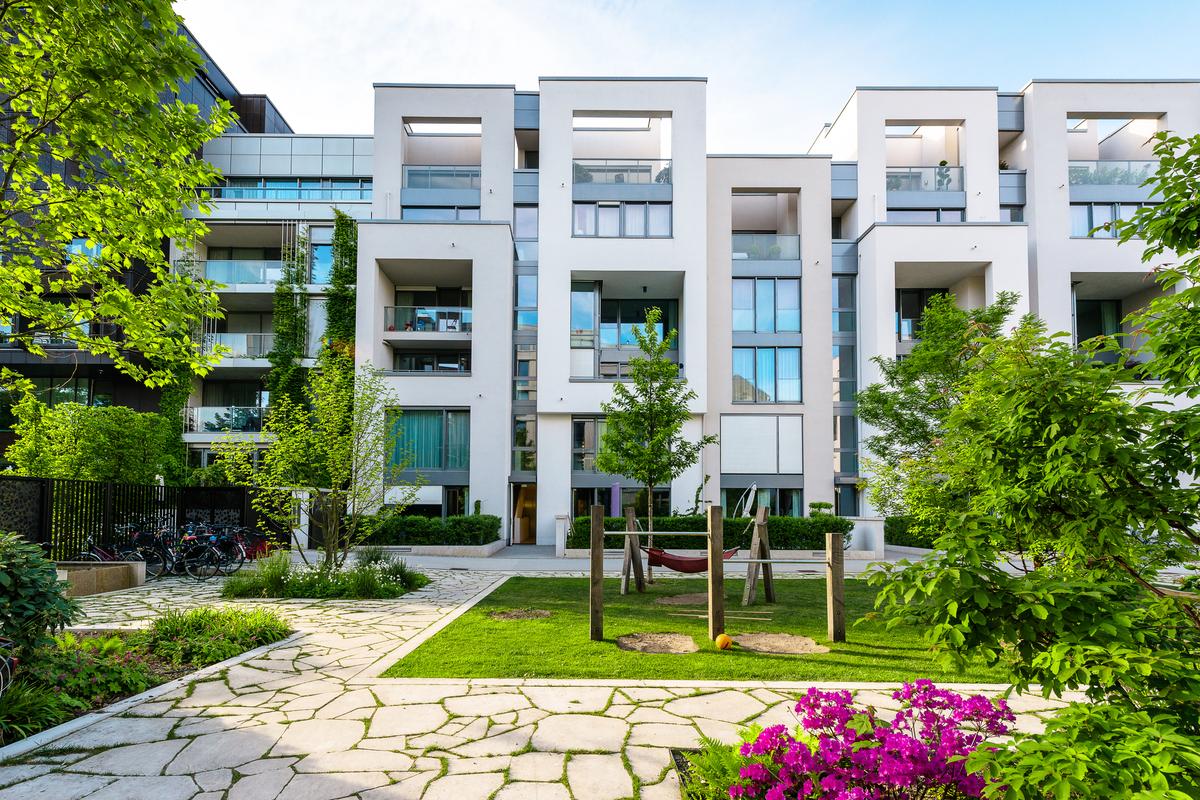
Photo for representation purpose.
| Photo Credit:
Getty Images/iStockphoto
Citing examples of some of her landscaping works, Arati Chari, Principal Landscape Architect, Genius Loci, says that at a Brigade Xanadu 33-acre township in Chennai, a Miyawaki forest runs through the project creating a thick green belt all around. Rainwater harvesting and many other sustainable features were made a part of the landscape design. In another project for Appaswamy Real Estates, a natural stream or nullah that ran through the site initially was retained in the project design as a water feature.
Chari says, “It is good to see more developers and builders these days creating not just pretty landscapes as a commodity, but landscape as a value system for environmental health, and social and emotional wellbeing.”
Cost factors
On an average, developers invest ₹60 to ₹150 per sq.ft. for landscaping. The amount varies depending on location and landscaping products used. A substantial amount of money is spent every month on maintenance. High-end developers often update their landscapes regularly to reflect the latest trends.
Ajay Koshy, Head, Design and Development, Brigade Group, said, “Our design process begins with a thorough study of the existing ecology, topography, and native trees. Instead of treating the site as a blank canvas, we integrate these natural elements into our designs. If construction overlaps with existing trees, they are carefully transplanted and nurtured to preserve the native flora.”
The group has an internal team comprising a senior landscape architect, a landscape engineer, and a team of seven horticulturists. This team works along with external consultants from firms like Terra Firma, Tropland, Genius Loci, and Designcell. Brigade Group also has international consultants like NBBJ and CPG.
“A good share of the built-up area is dedicated for landscape development in all our projects like Zenith, Athens, Suncity and Elysium. A budget of ₹60-₹100 per sq.ft. is allocated for landscaping purposes,” says Vimesh P., senior vice-president of marketing, Casagrand. The firm works with landscape consultancies like Design Milieu and Malik Design Studio, among others.
Casagrand has now initiated designing and creating mini-forestscapes in all its upcoming projects with the help of a forest development consultant named ‘Easy Forest’ . “We will be promoting the planting of fruit-bearing trees, teak and bamboo as well in our future projects,” says Vimesh.
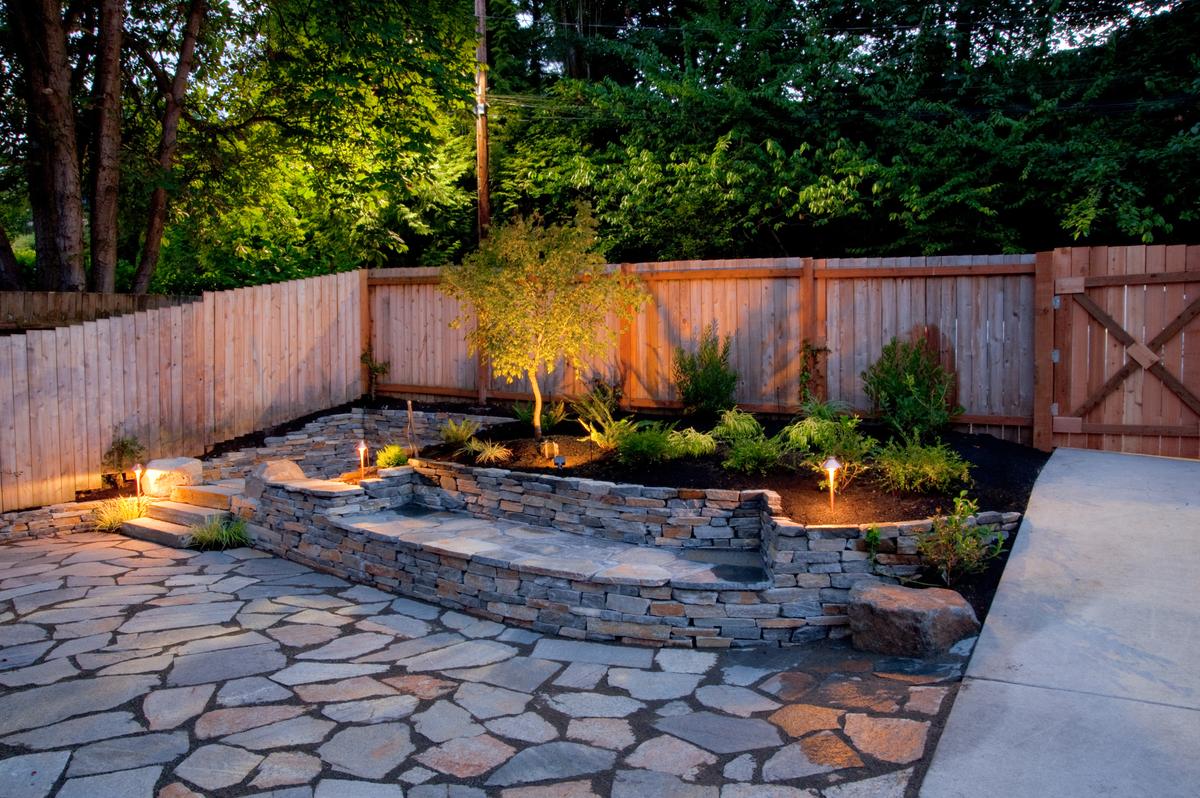
Photo for representation purpose.
| Photo Credit:
Getty Images/iStockphoto
Etica Developers allocates 30% to 40% of the super built-up area for landscaping, equating to about 50% of the land area. To date, they have completed 300,000 sq.ft. of landscaping within 800,000 sq.ft. of super built-up area in Chennai. The firm is spending about 15% of the total project cost for landscaping and spends around ₹3/sq.ft. each month towards maintenance. Etica has roped in firms like Belt Collins (HK),Tropical Environment (Singapore) and Tierra Designs for their landscaping work.
“We also follow the Singaporean 1:1 building concept, which refers to the idea of integrating greenery and landscaping into urban developments in a way that balances built-up areas with green spaces on a 1:1 ratio. This provides a fantastic opportunity to create a private oasis in residential settings. Landscaping common areas, balconies and terraces results in maximisation of green outdoor spaces,” says Diliban.
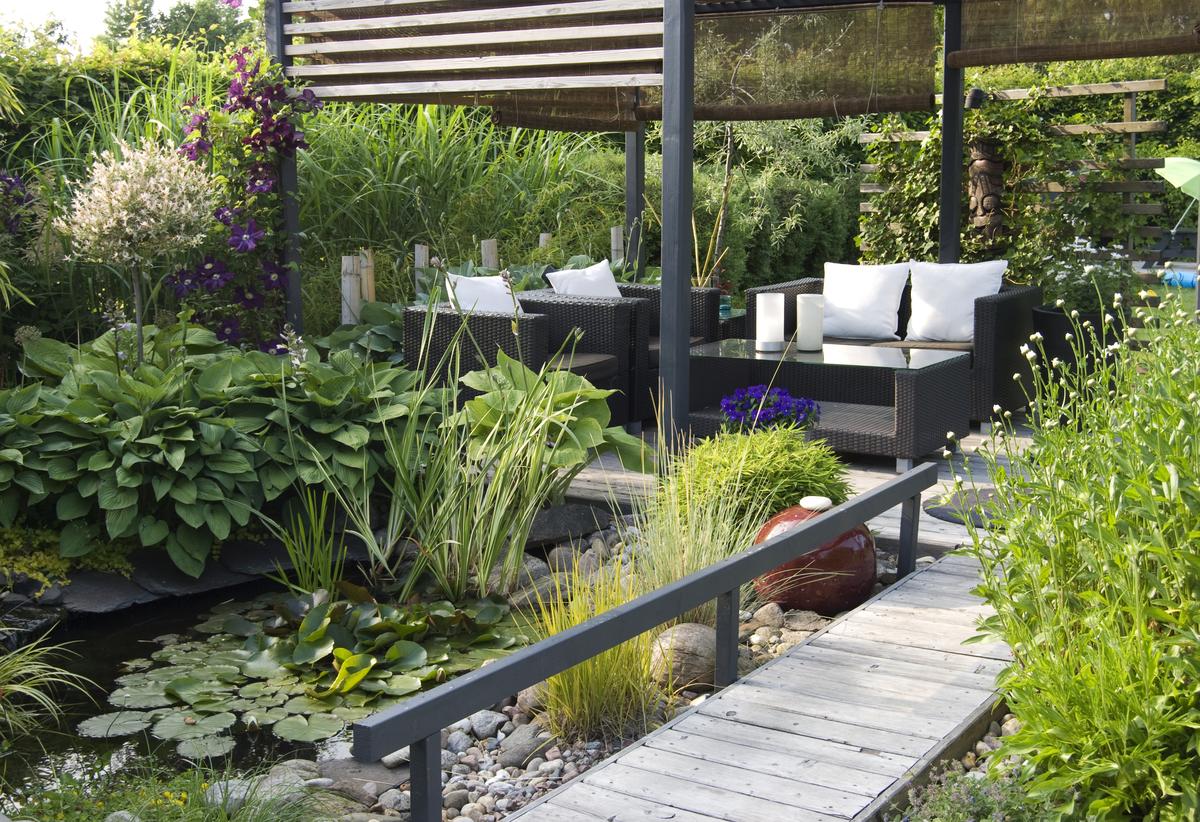
Photo for representation purpose.
| Photo Credit:
Getty Images/istock
Irrigation systems
As green spaces expand, there is a growing need for water. Many developers are now using recycled water for the landscaping elements incorporated into their projects. Diliban says, “Proper irrigation systems help conserve water by delivering it directly to the plant-roots, thus reducing evaporation. Good irrigation methods allow for easier maintenance, as gardeners don’t have to water plants individually.”
Etica utilises a diverse range of plants for landscaping, including herbs, flowering plants, trees, various succulents and cacti, perennials, as well as different types of climbers and vines.
Niranjan Hiranandani, Chairman of the Hiranandani Group, says, “We study the terrain and topography of the project to incorporate strategic landscaping and plantations that prevent natural hazards like waterlogging and improve air quality.” The group has developed themed gardens that are spread across the Hiranandani Parks township. They form a total of over seven acres. Apart from this, they also have landscaped podiums for each residential cluster, some of which include water elements. And recently, creepers were planted on a km-long wall that separates the industrial part from the residential part of the township. Hiranandani says, “We plant a mix of native and indigenous plants. Trees such as magizham (Mimusops elengi), sarakondrai (Cassia fistula), pungam (Pongamia pinnata), vagai (Albizia lebbeck), kadamba (Neolamarckia cadamba), mahogany, mango, and tamarind are popular.”


